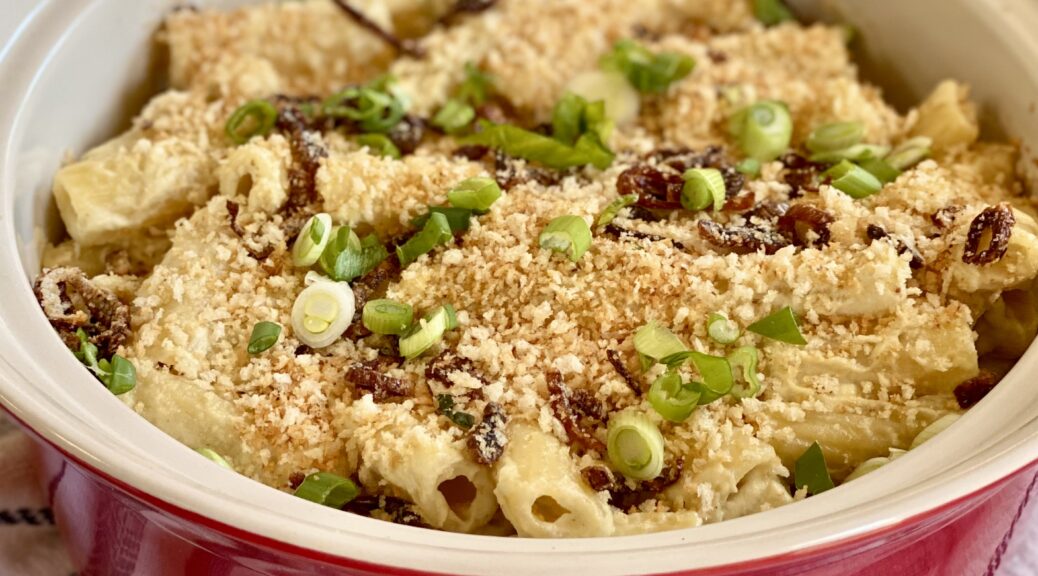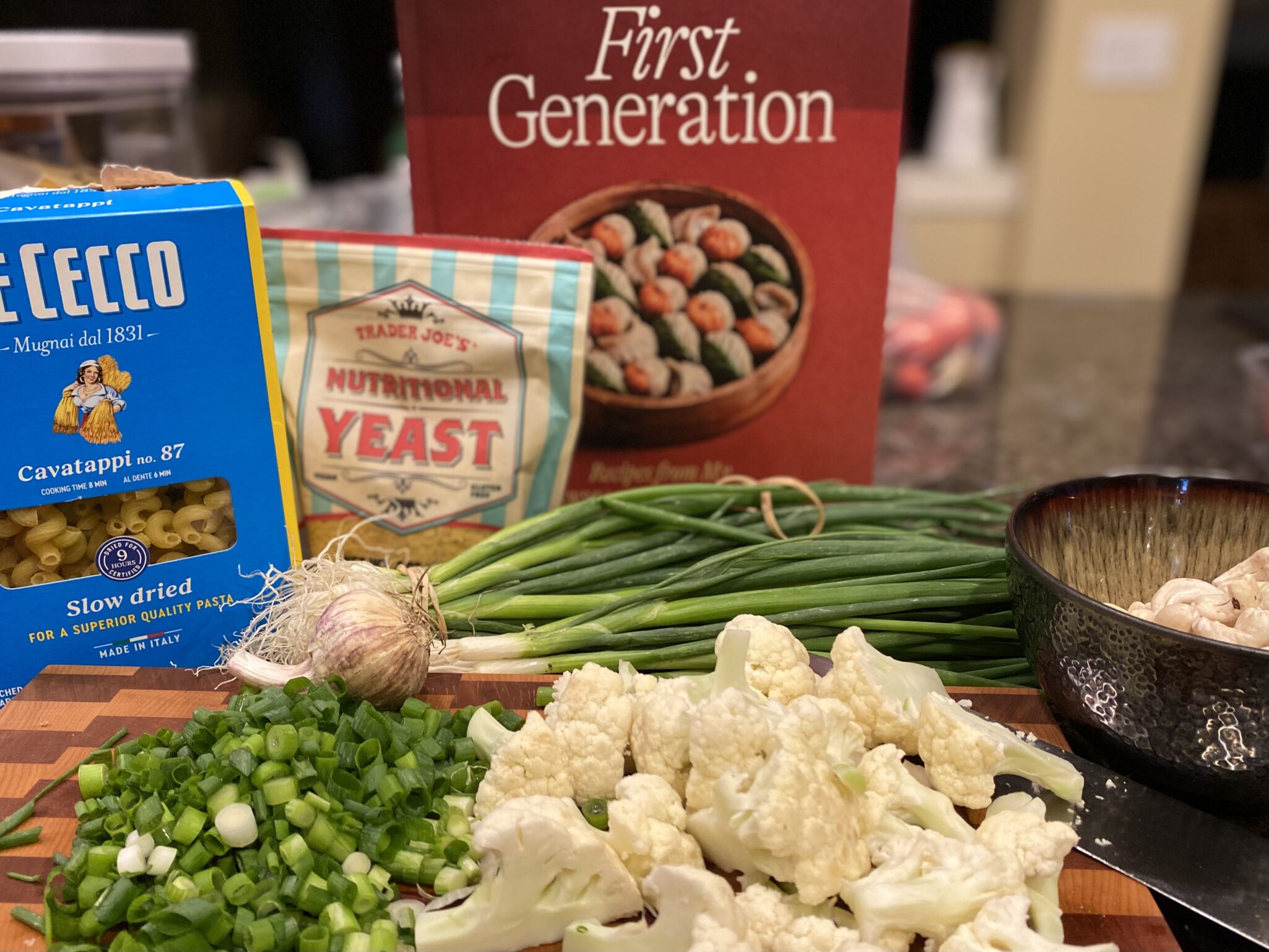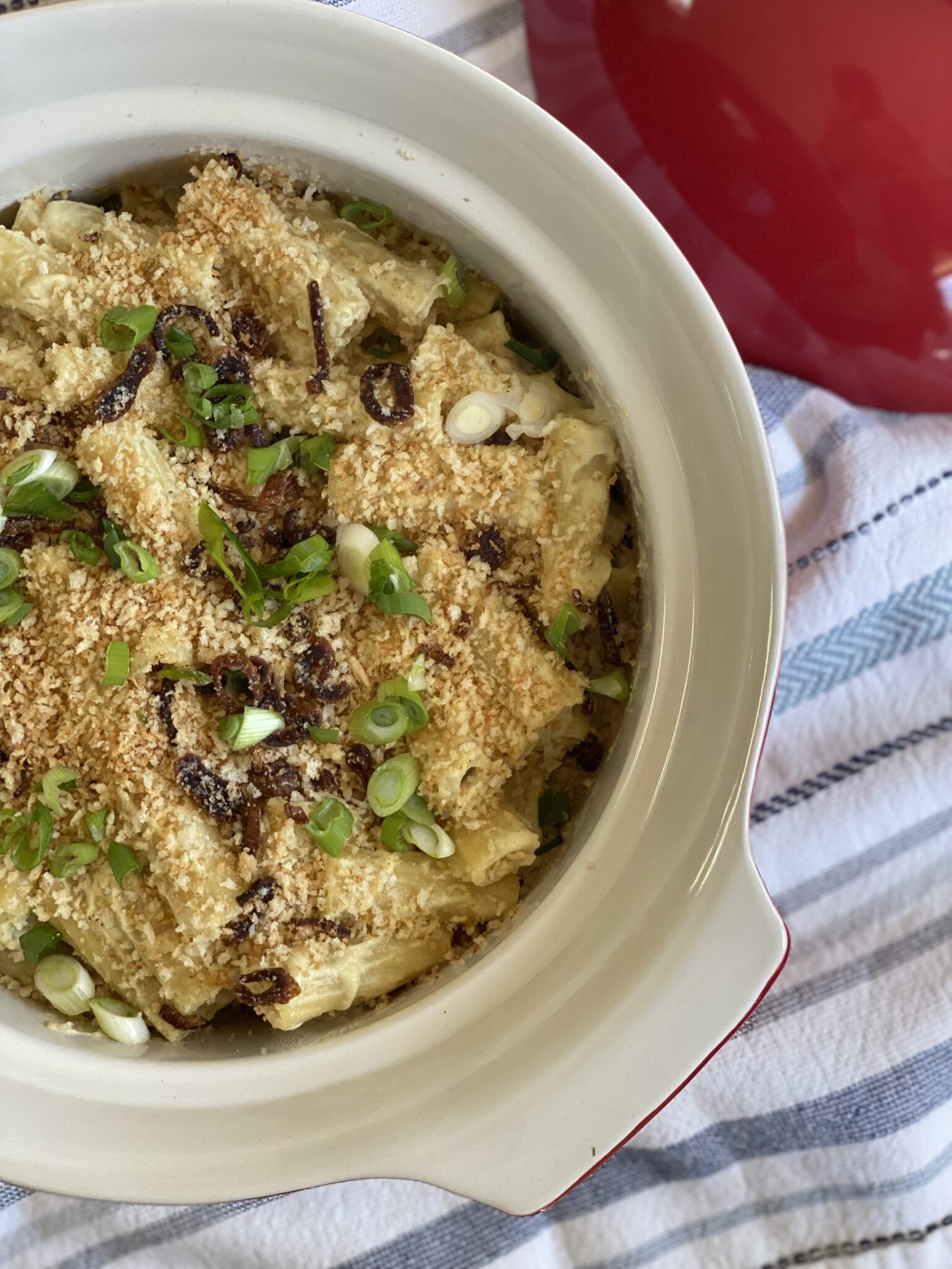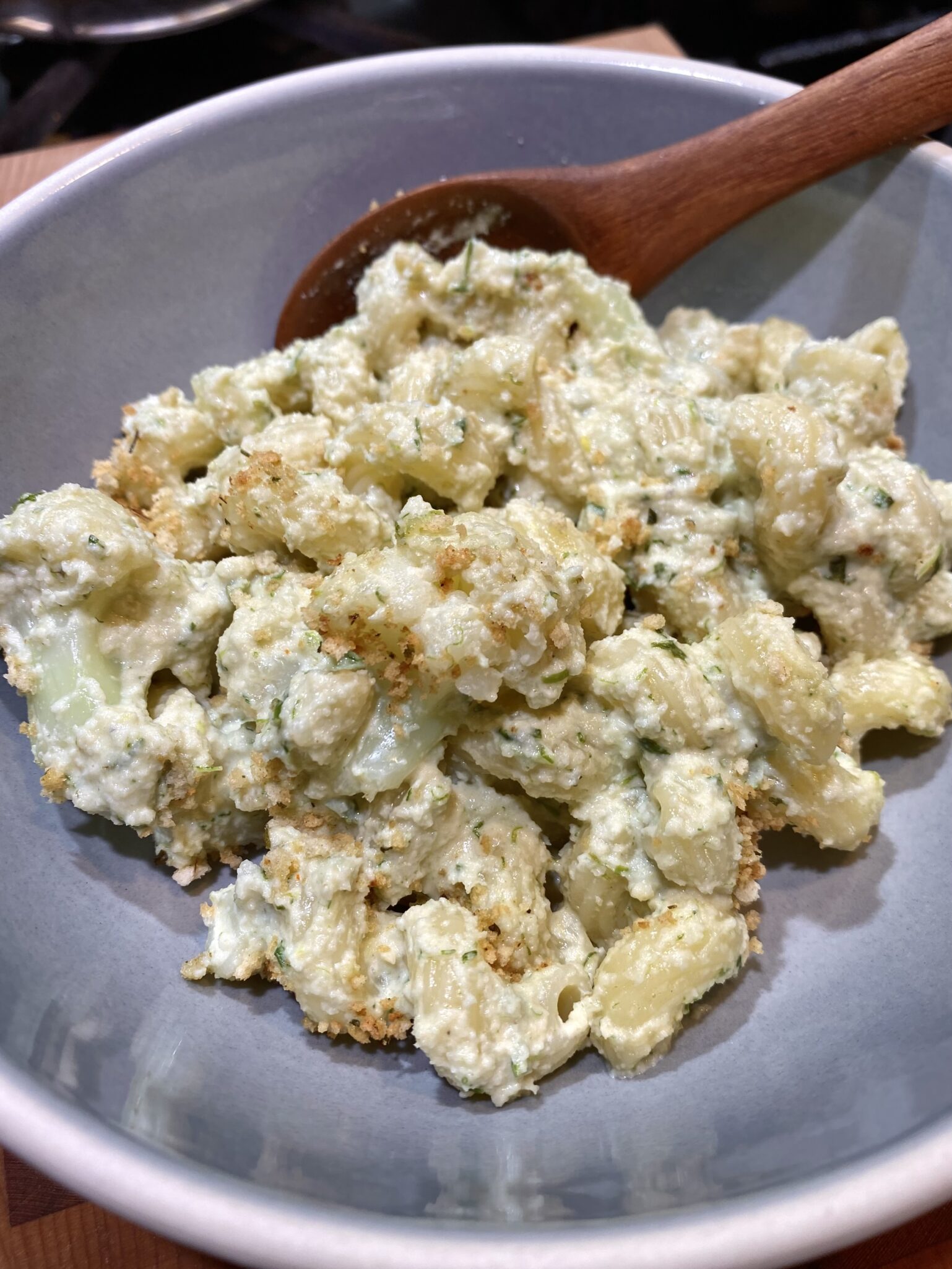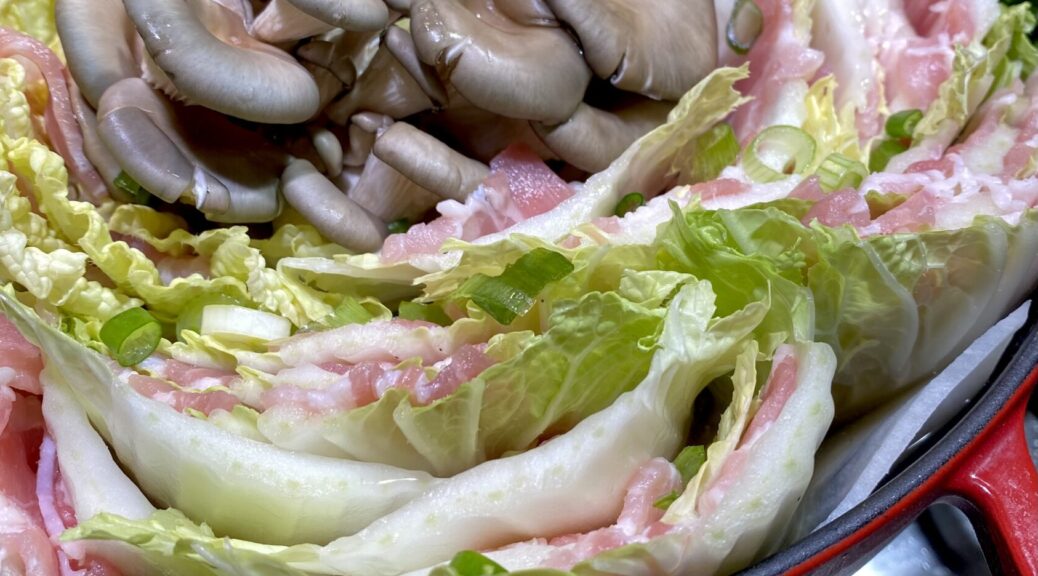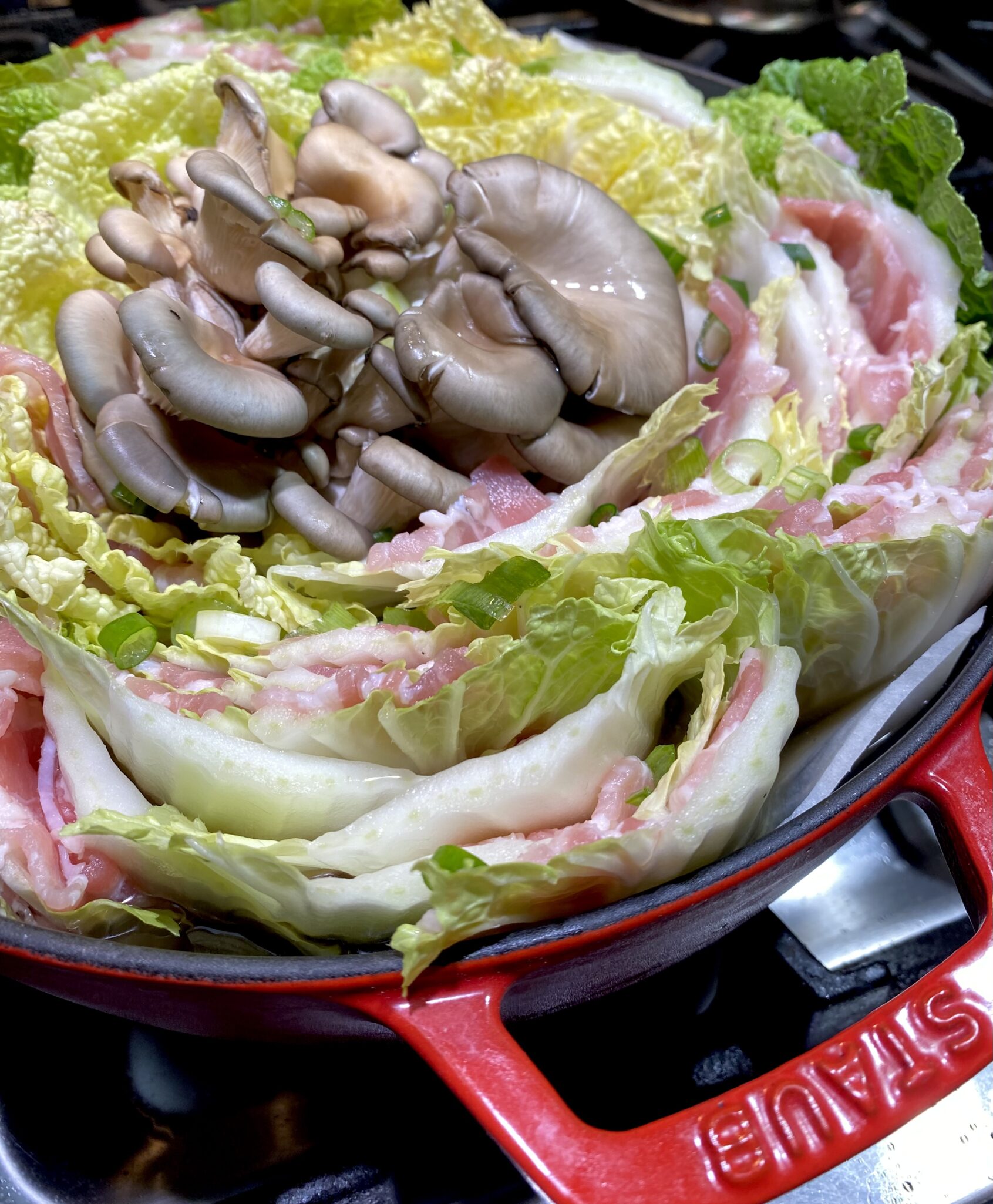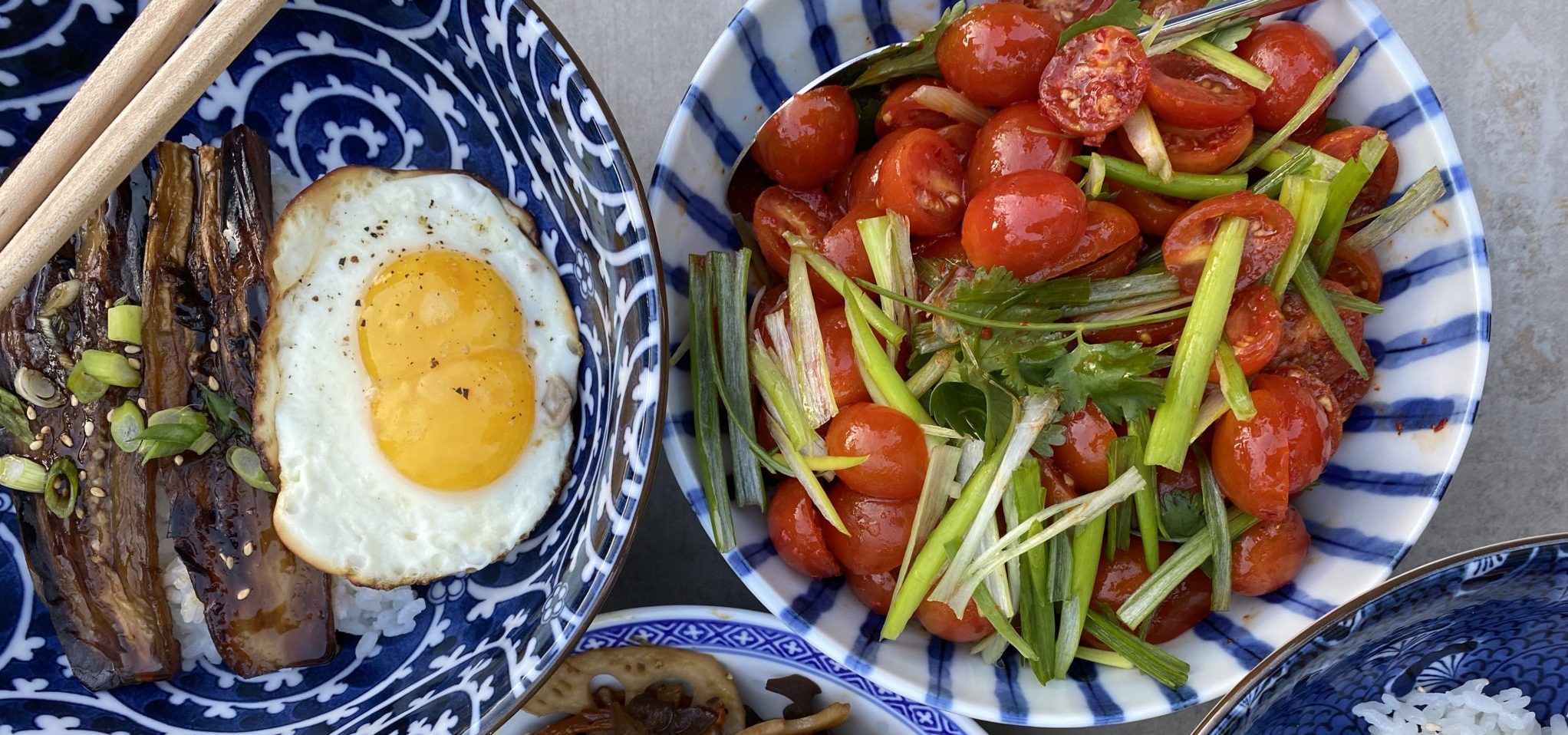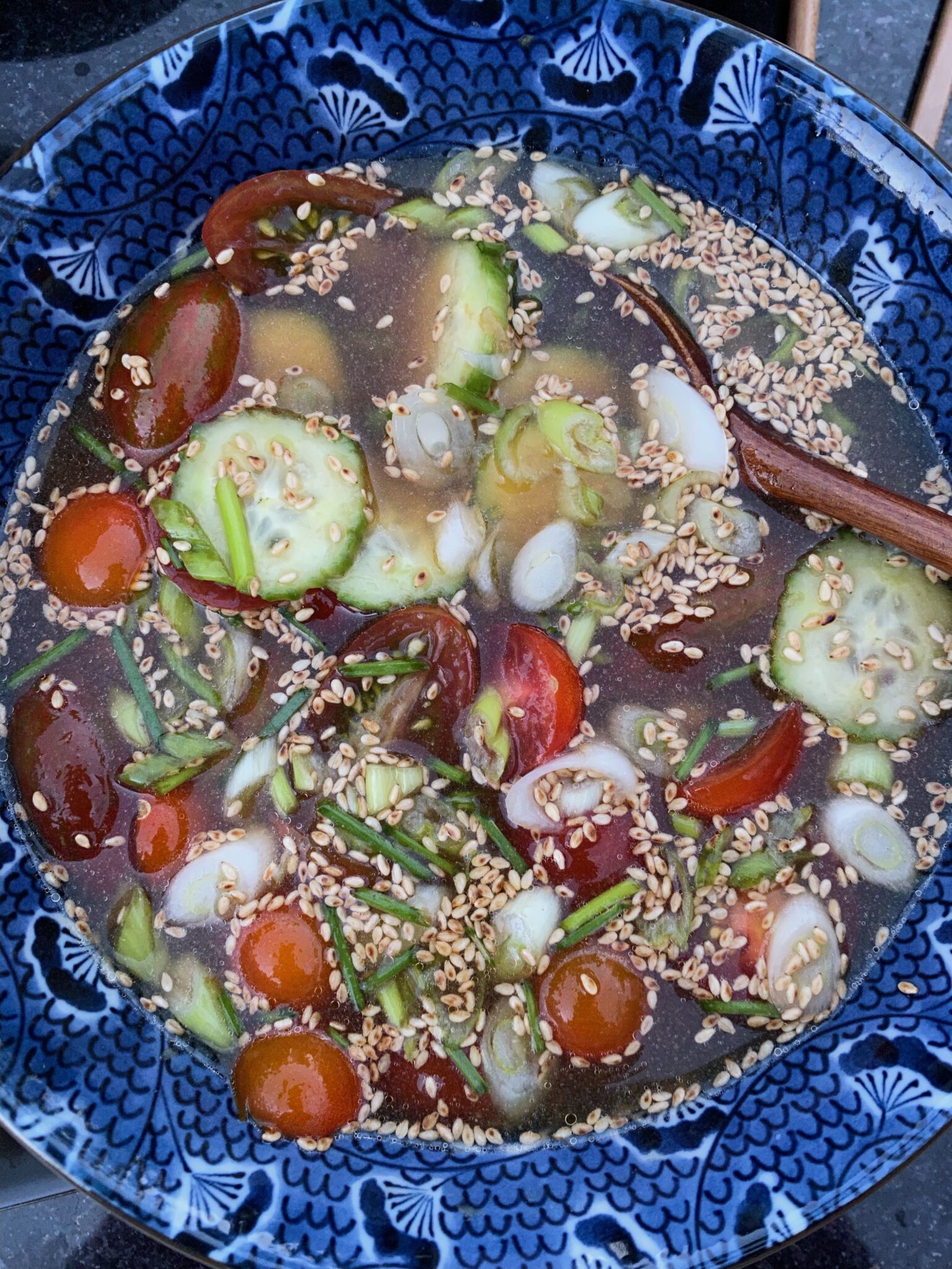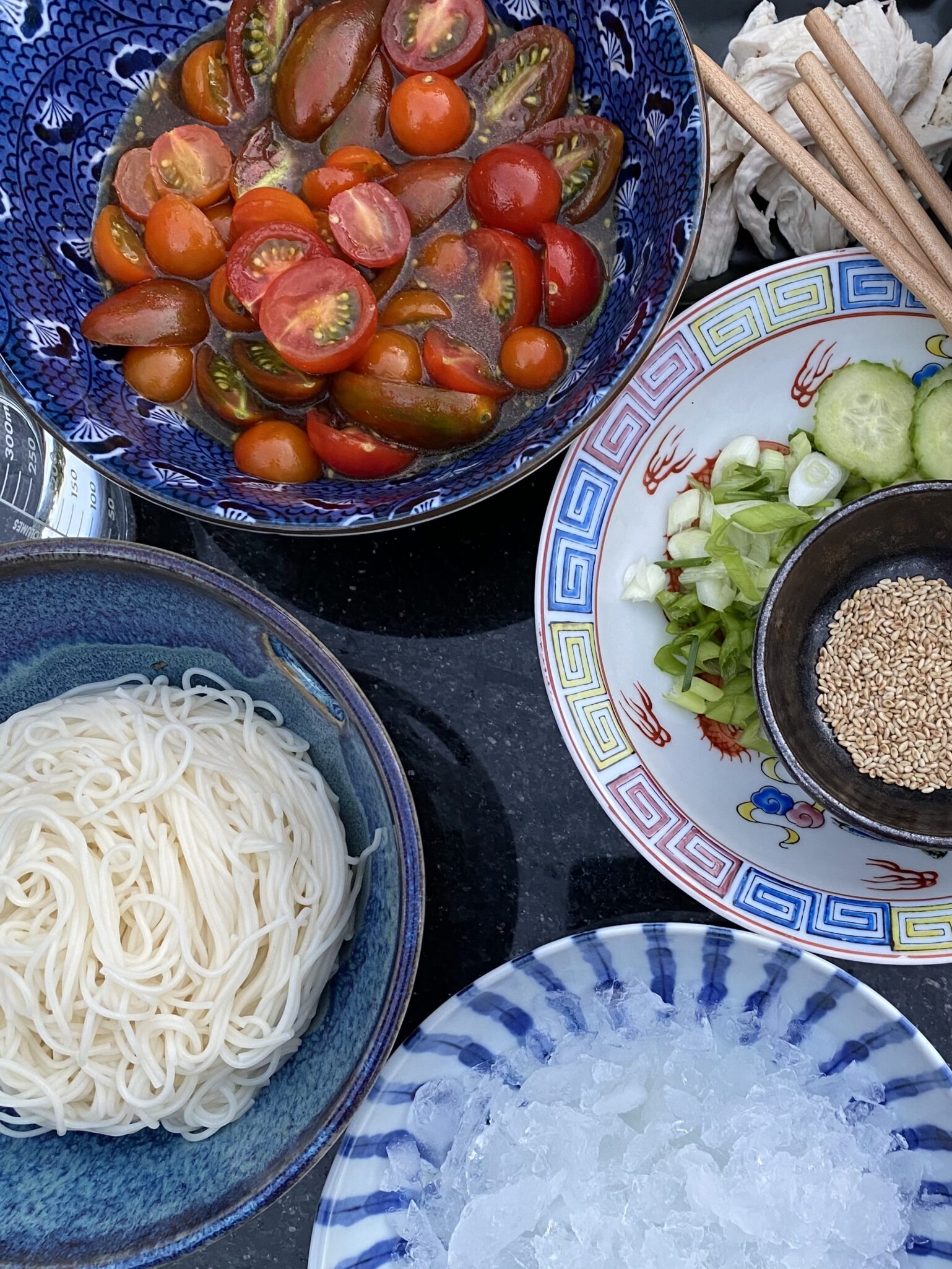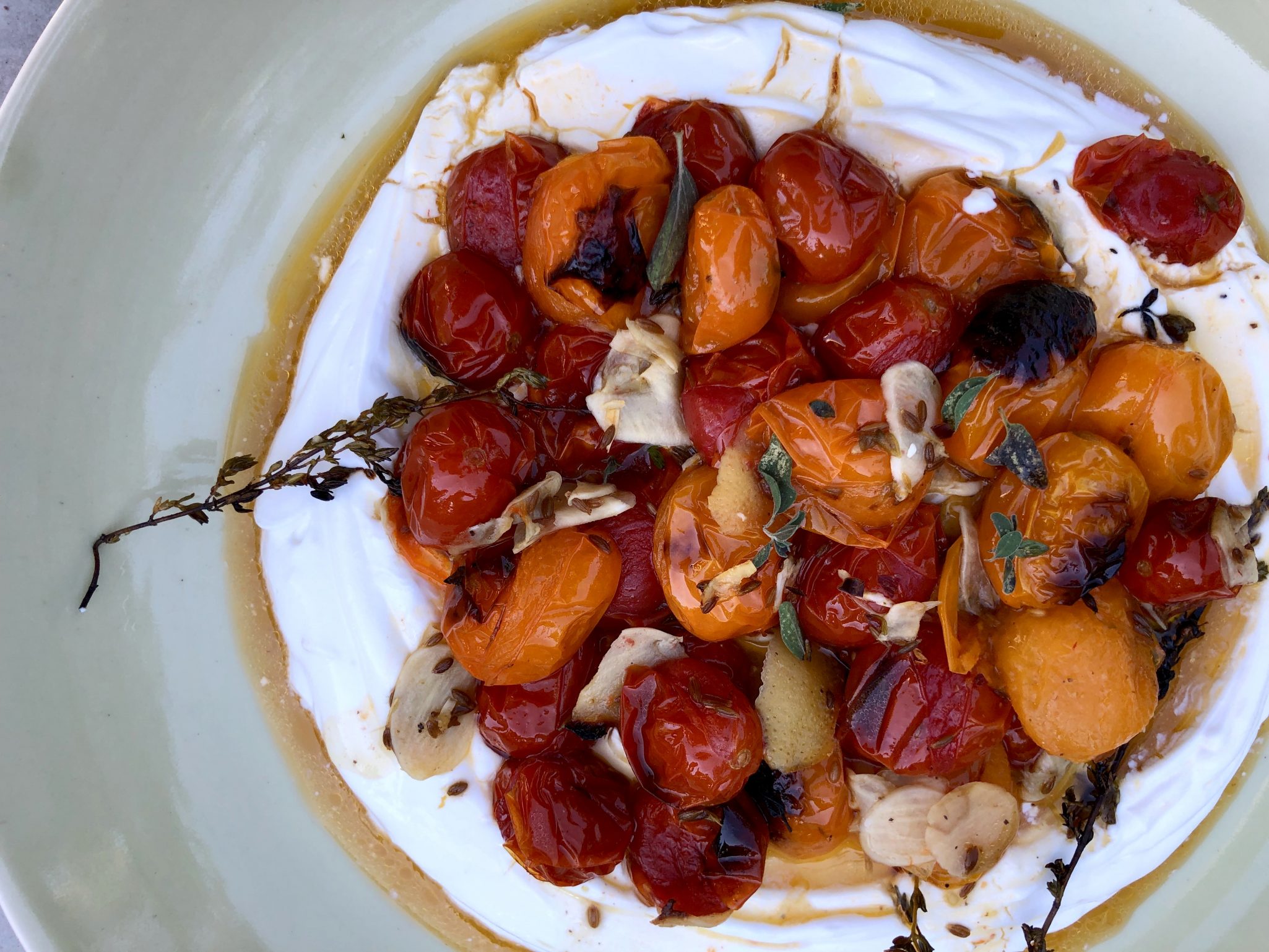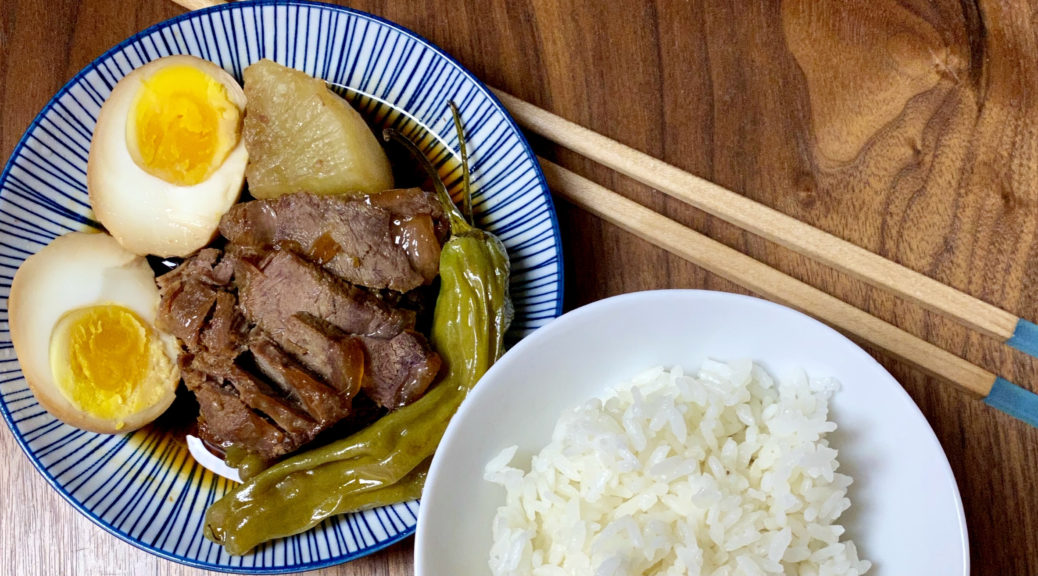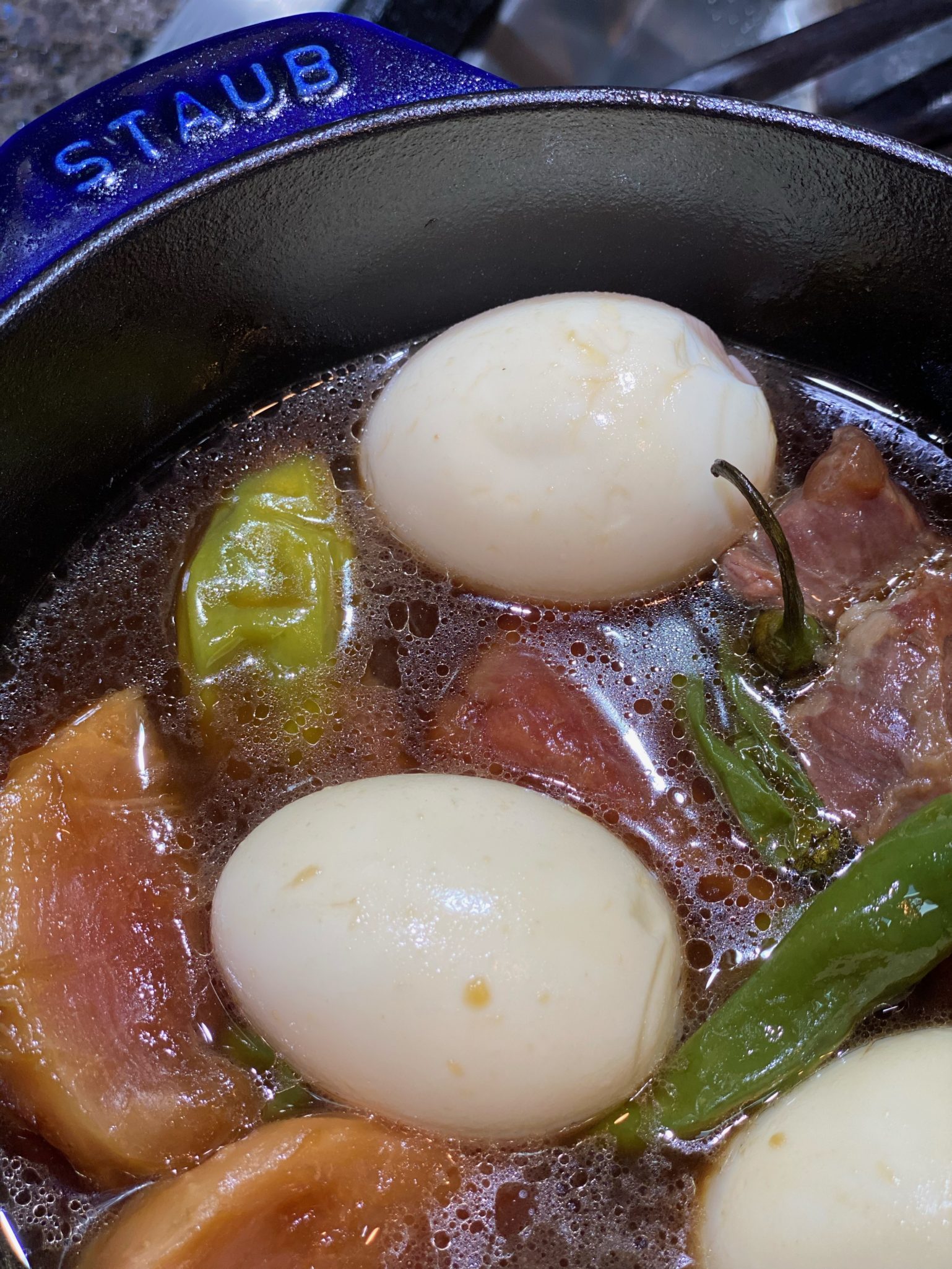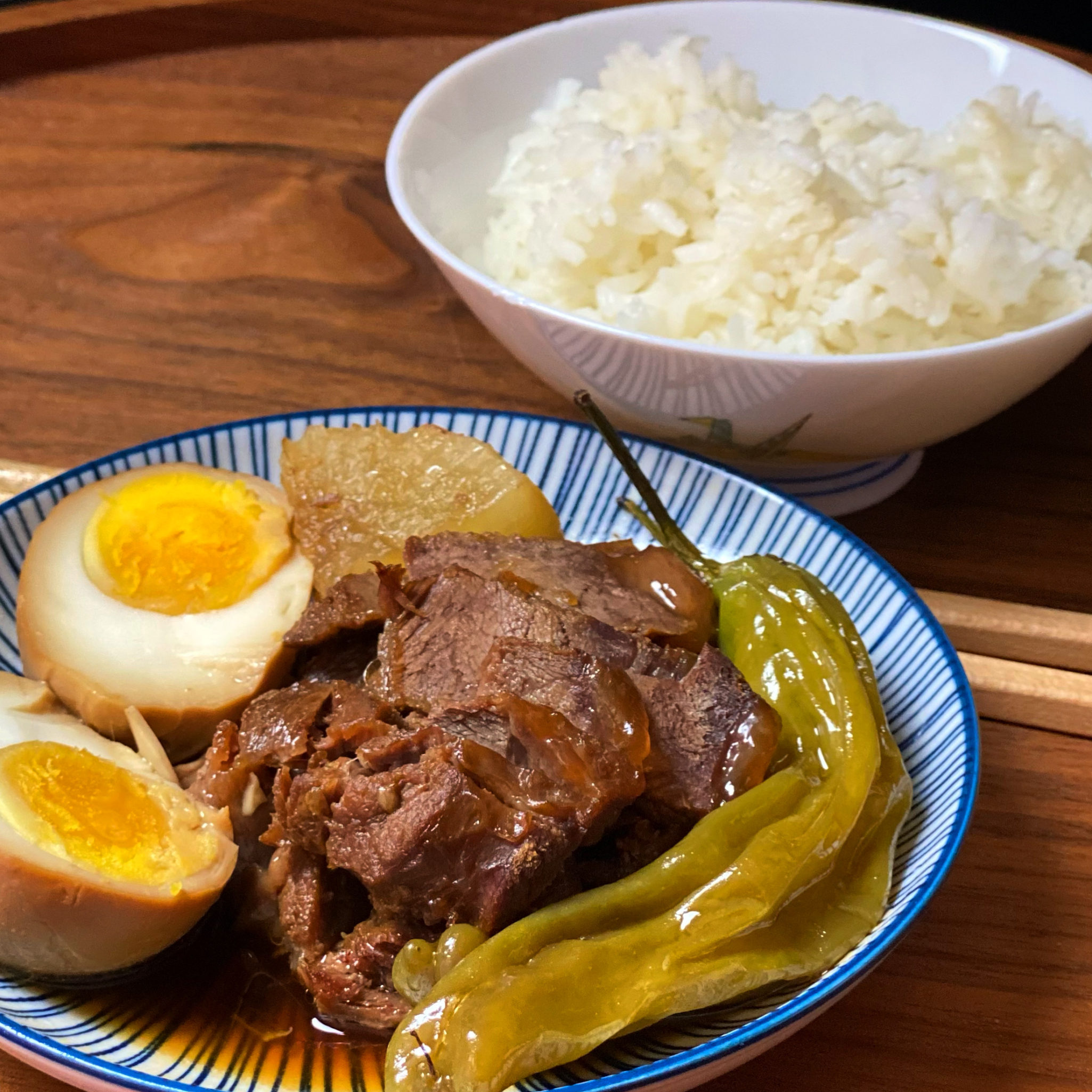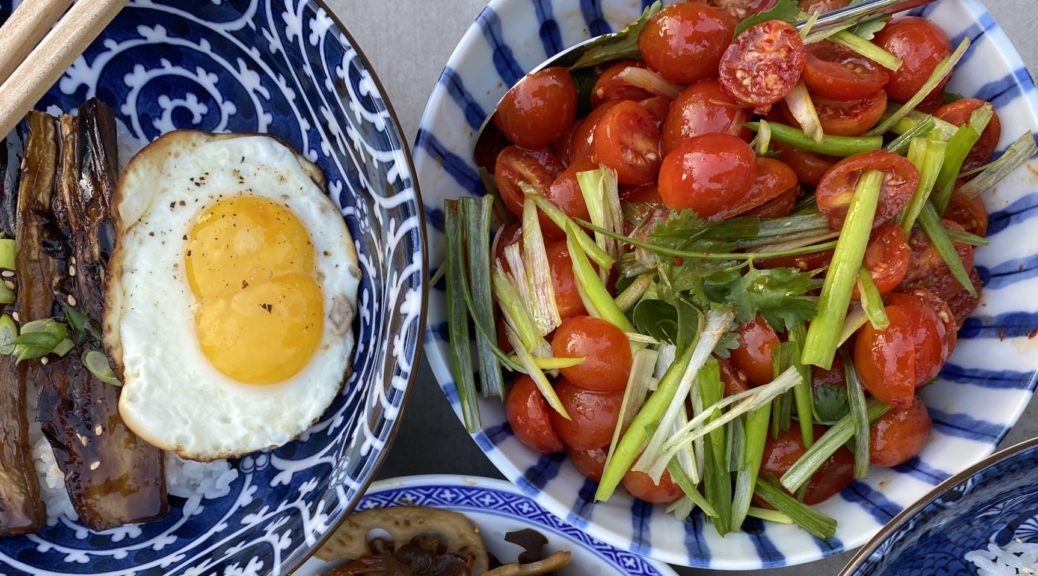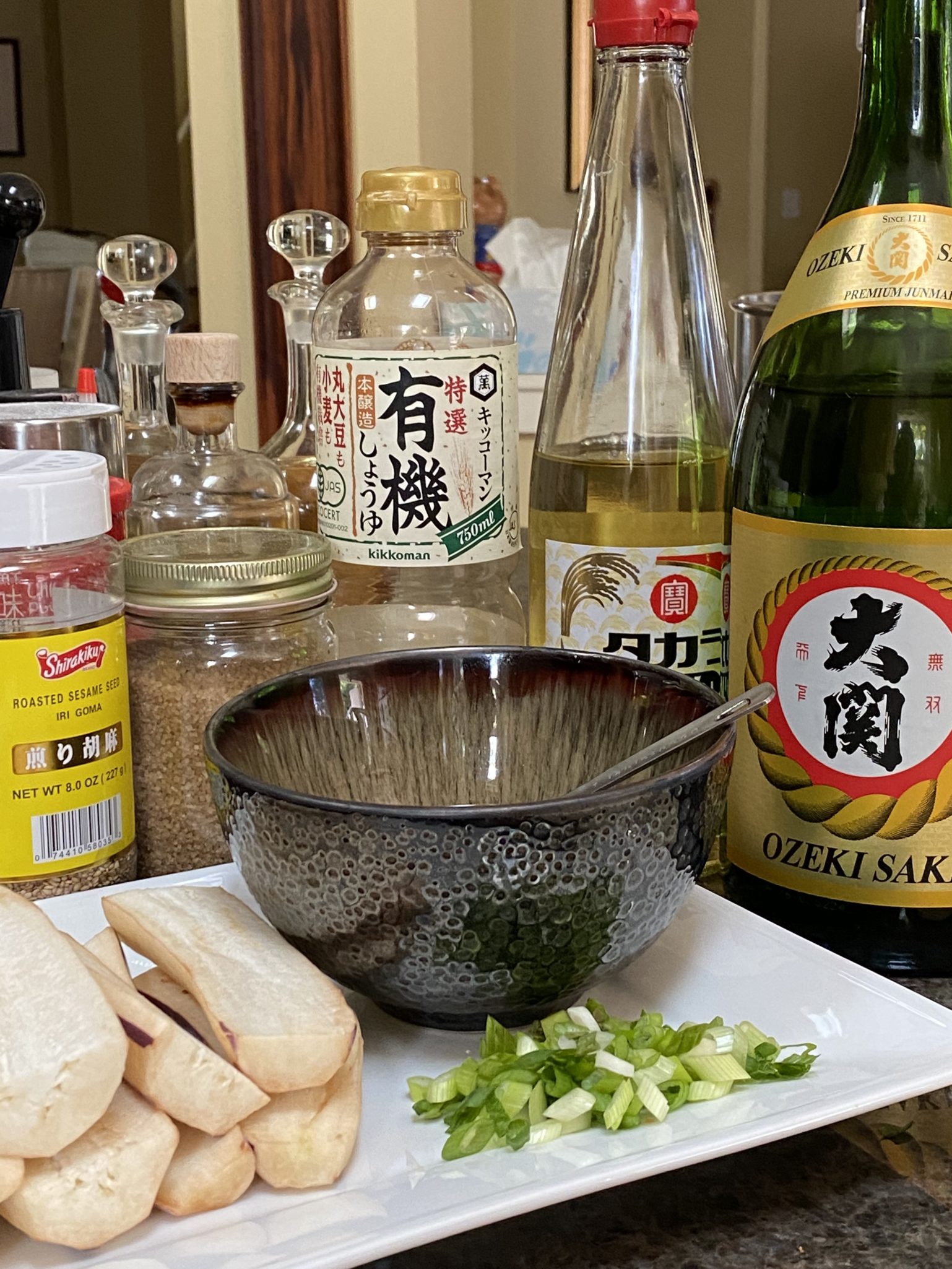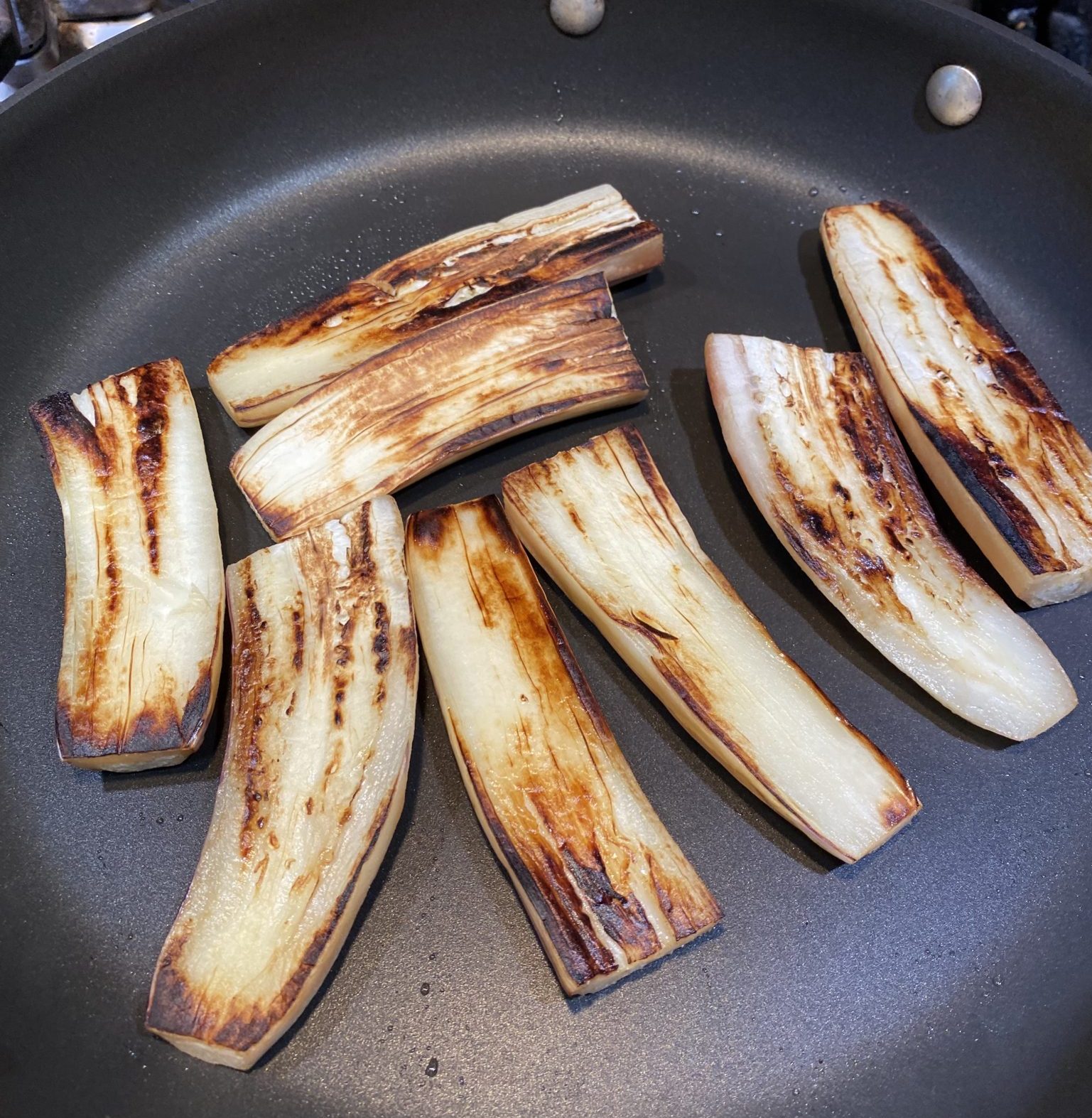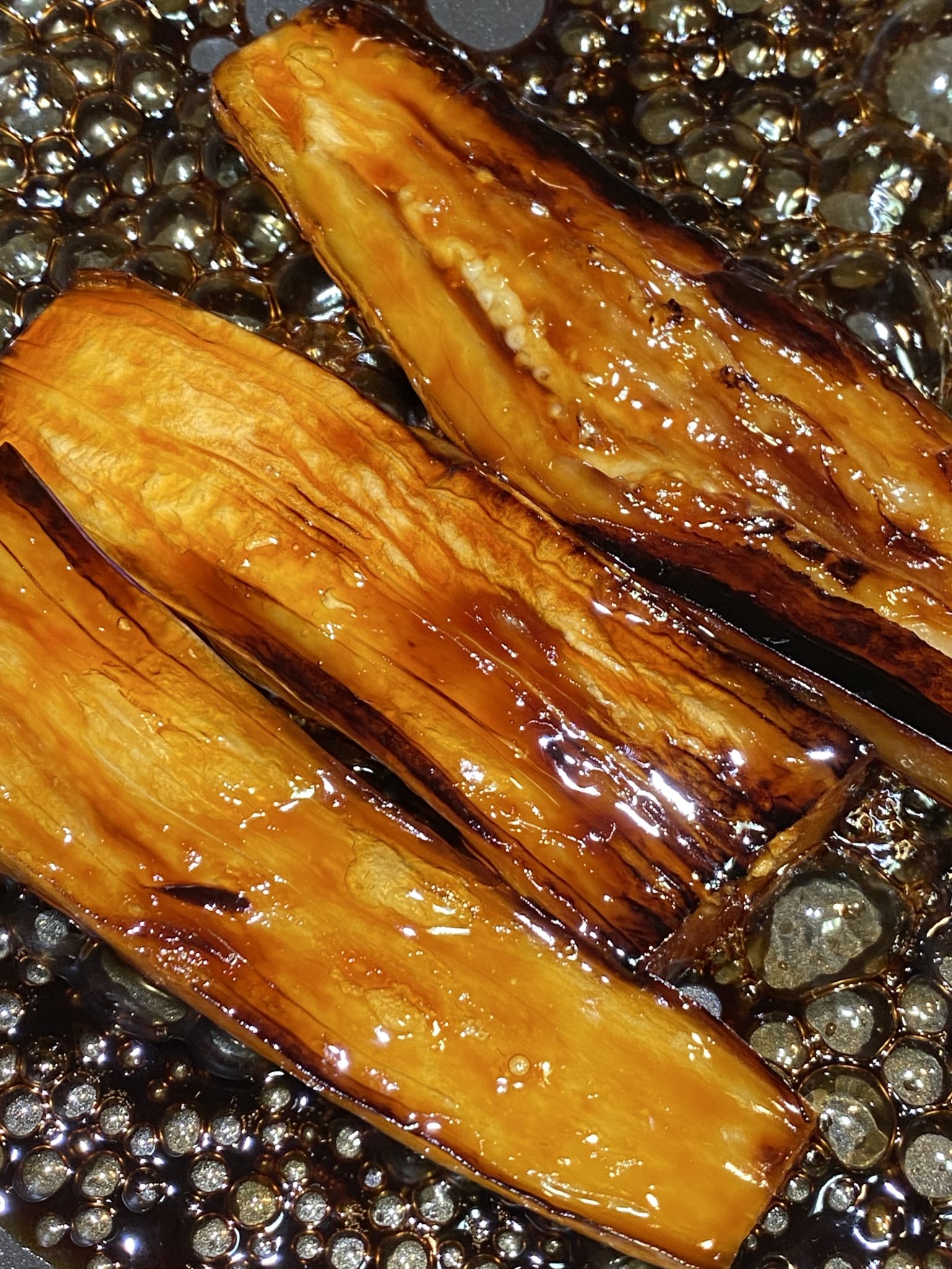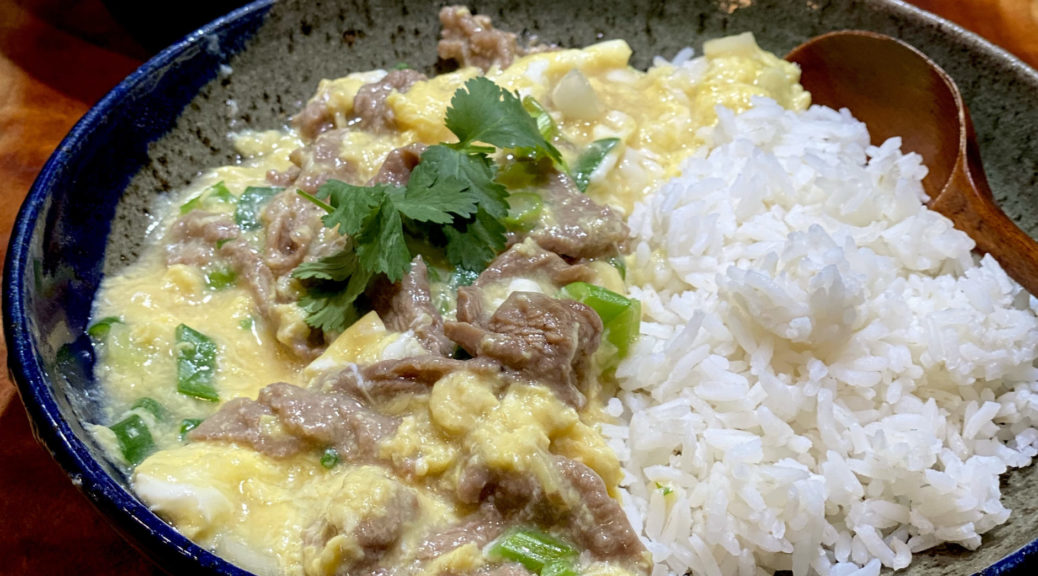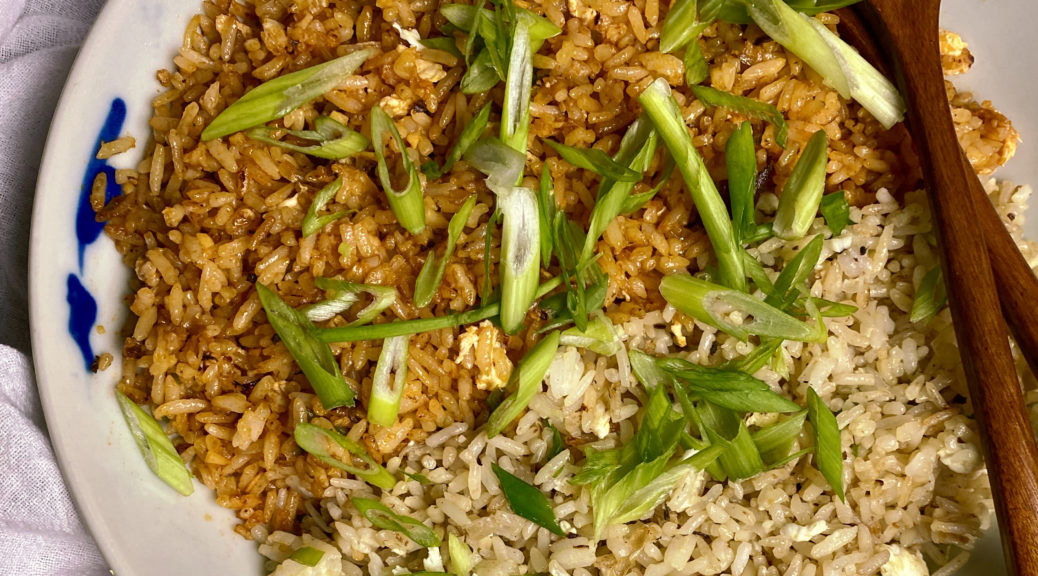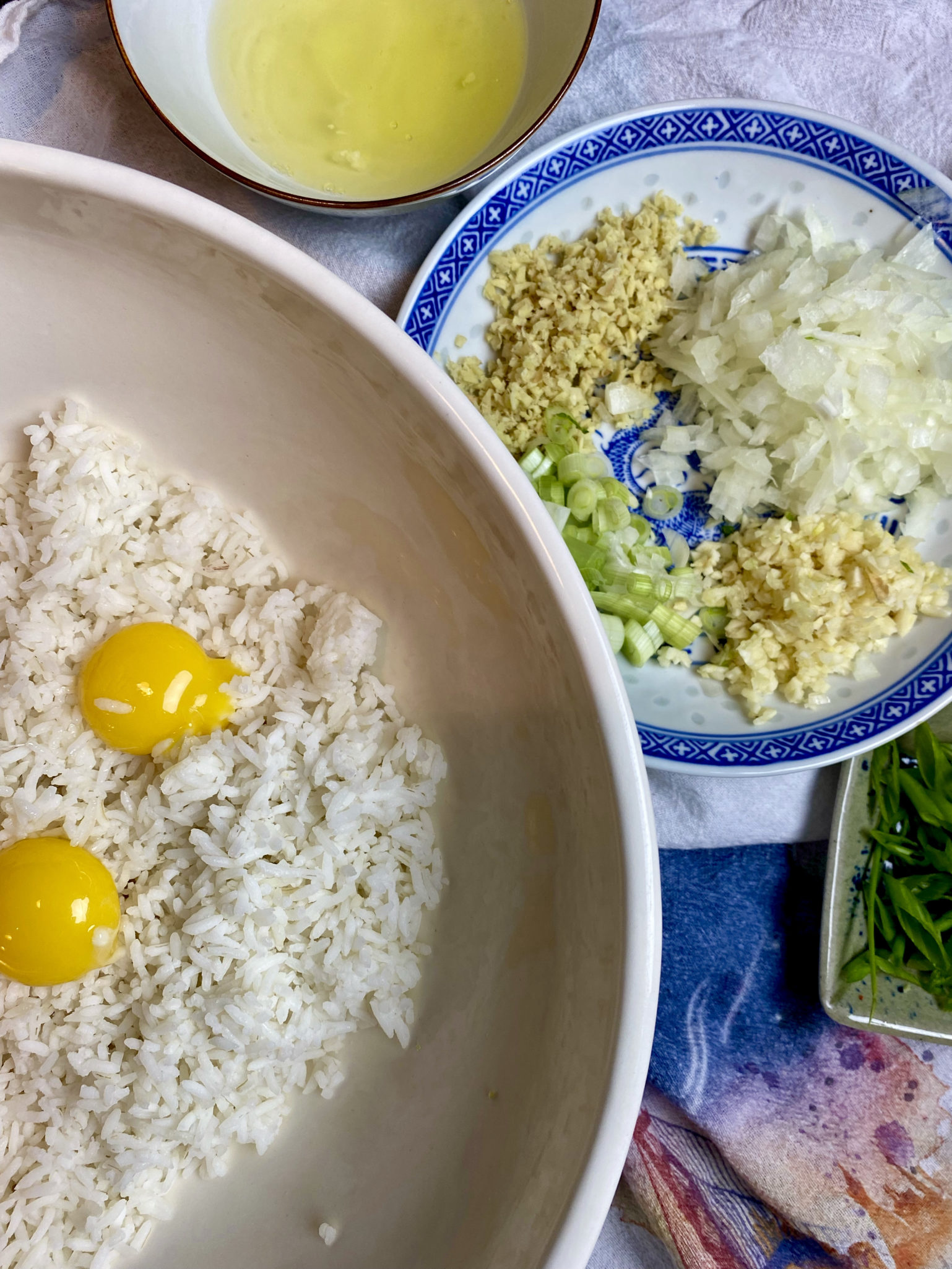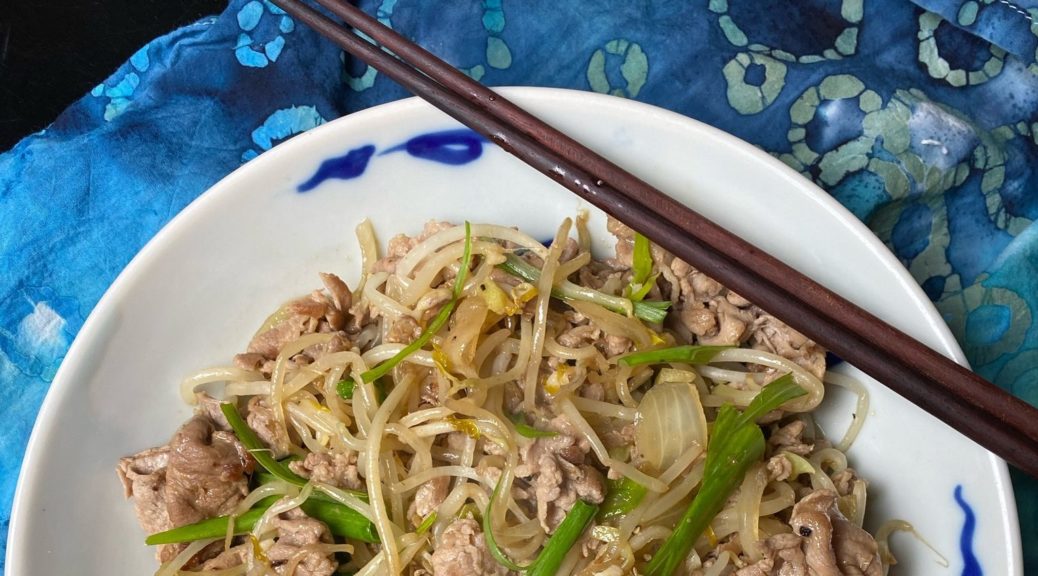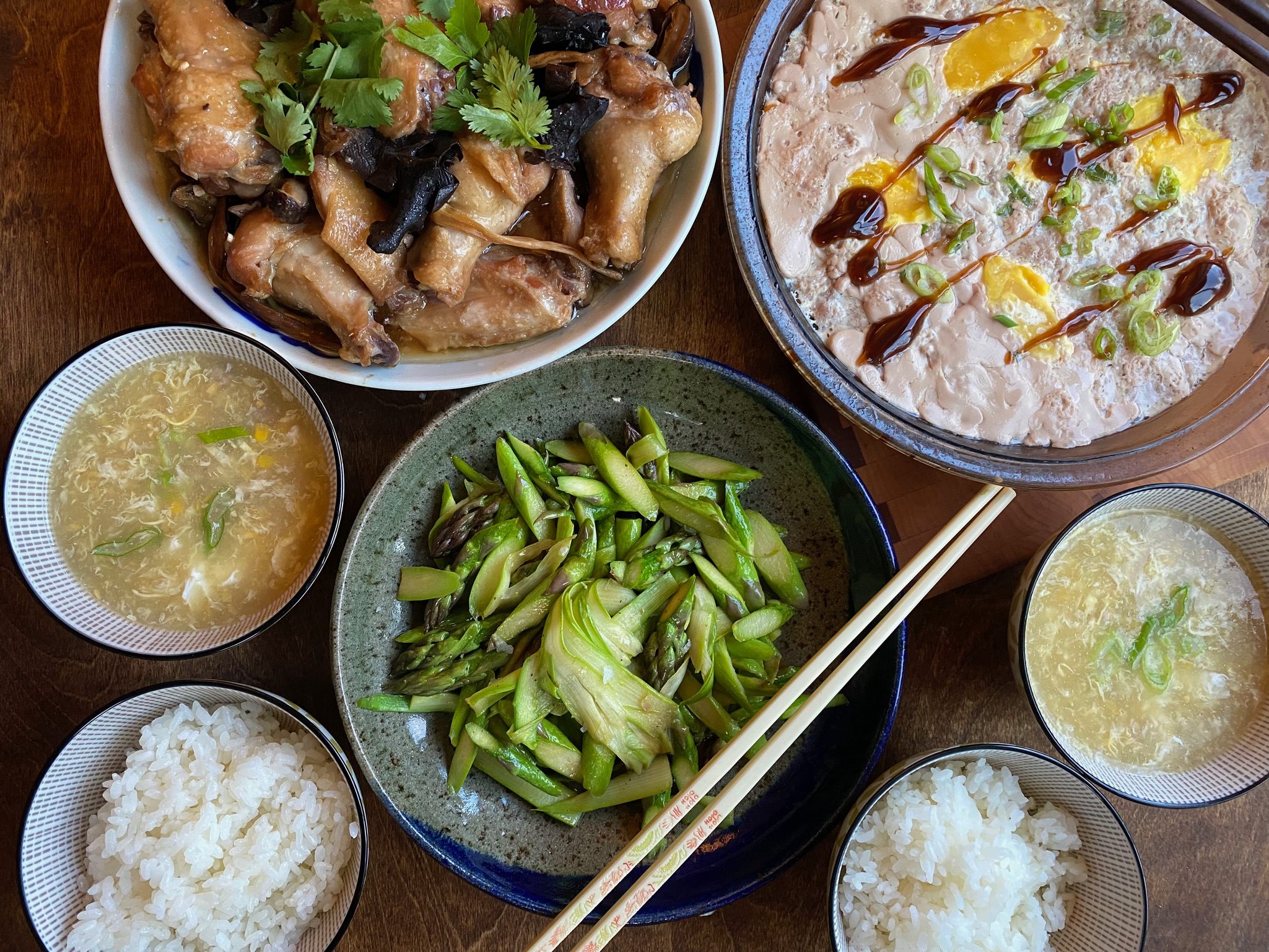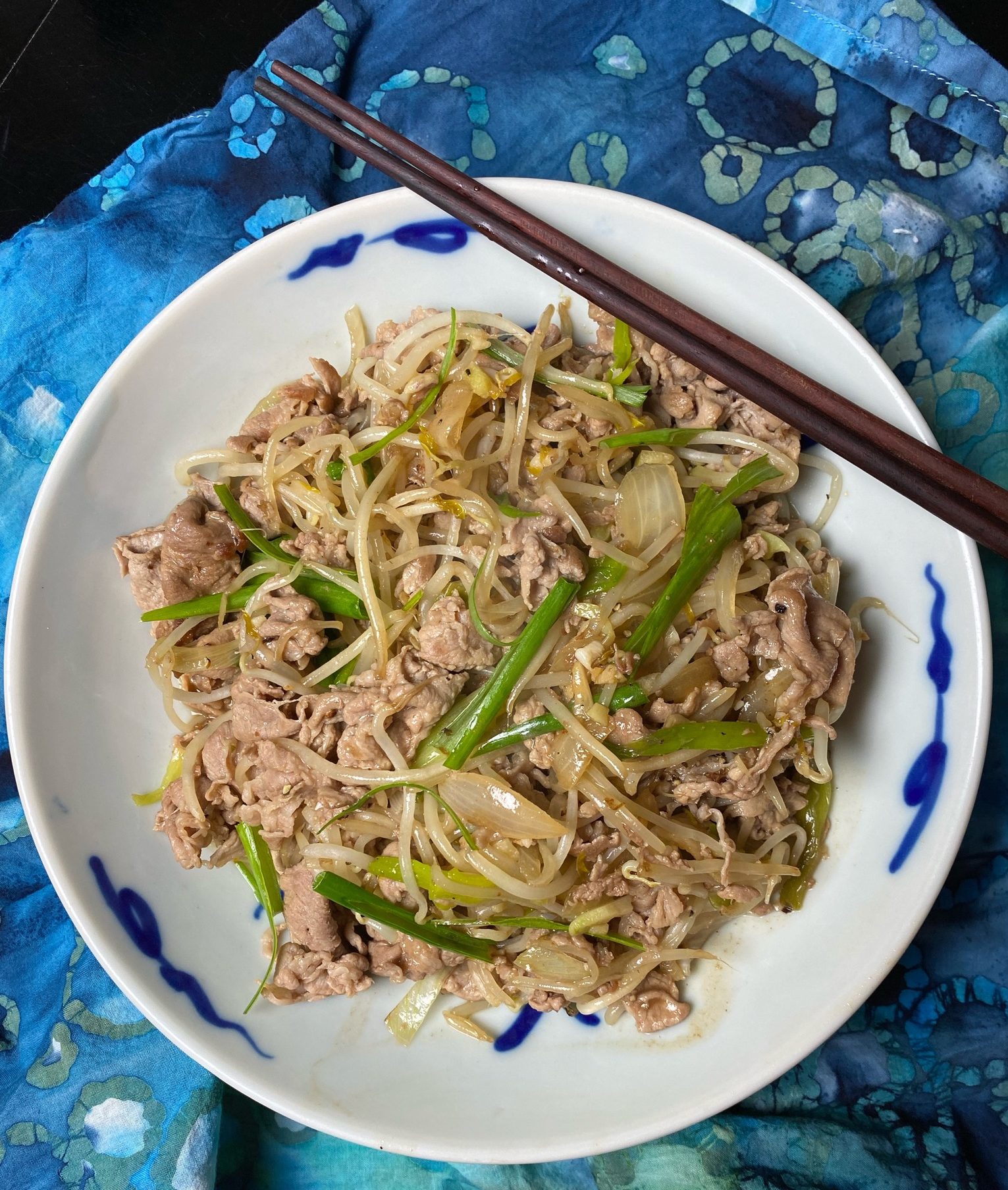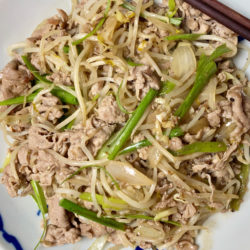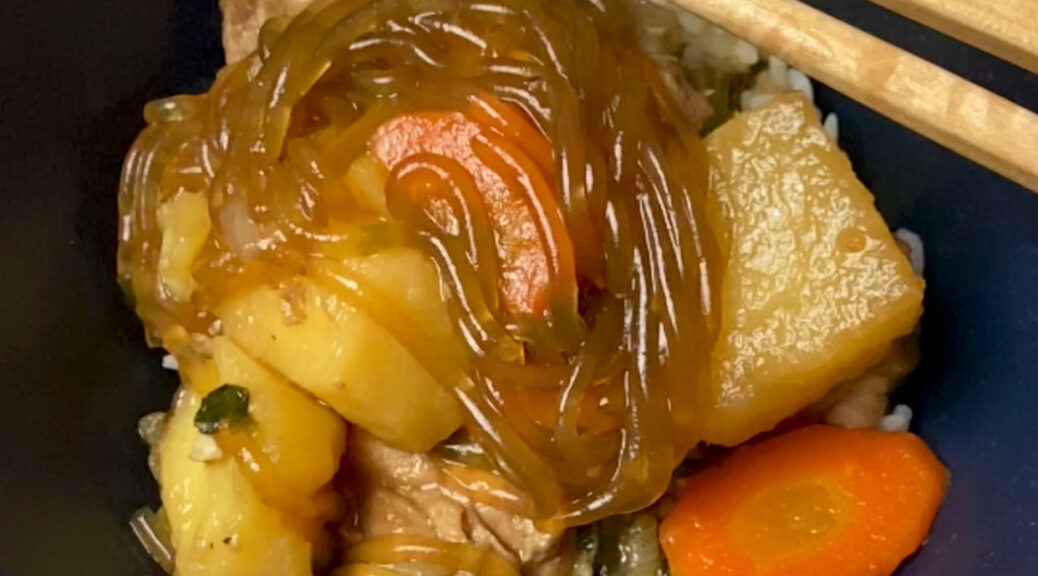
Jjim Dak (Korean Braised Chicken)
Brrrrr… getting chilly out there. While I love summer, I do look forward to winter. As the temperature drops I start dreaming of dishes that warm the body and soul. Soup bowls and spoons that have languished on the shelf all summer are now front and center, waiting to be filled. Soups, rice bowls, stews, nabes, dumplings, noodles, and casseroles are always in the winter rotation. Comfort food with a capital C.
Some of my favorite casseroles or soups don’t require hours on the stove, this is one of them, Jjim Dak or Korean Braised Chicken. Jjim Dak is a hearty chicken, vegetables, and glass noodle dish that comes together in an hour. It’s flexible in terms of ingredients (which mean any veggie you have hiding in your crisper is fair game), and filling due to the addition of potatoes and glass noodles. A TikTok video for this dish caught my attention so I headed to my favorite Korean recipe site, http://Koreanbapsang.com. A quick search of her site and bada bing, bada boom…I found her recipe for Korean braised chicken.
Let’s get to it…Bowl Food is Soul Food

This is a very flexible recipe. The foundation is chicken, potatoes, carrots, onions, mushrooms and chili. Braise the chicken in soy sauce, oyster sauce, a bit of sugar and mirin. This is an easy one-pot meal that comes together quickly and is guaranteed to chase the chilly weather away.
Use chicken thighs or drumsticks, preferably bone-in and cut into large bite-size pieces. You can use boneless but you run the risk of overcooking the chicken while braising the vegetables. You can find cut bone-in pieces of chicken at most Asian markets. If you cut it yourself make sure to rinse the chicken after chopping for bone fragments.
Veggie So Many Choices, So Little Time…Cause I’m Hungry
Traditionally, this dish has the usual suspects, carrots, potatoes, onions, and scallions. Feel free to add whatever you like and it will be divine. I added mushrooms, Korean radish, and Korean radish leaves (so excited when I saw the tops on the radishes at the market). Hands down yummy. So add whatever you like, including KALE (nooooo, can’t believe I wrote that). Cut the veggies in smaller bites due to quick cooking time. In fact, if using boneless chicken, I would dump everything in at once and not cook the chicken first. Make it in advance, if you can, to let the flavors develop.
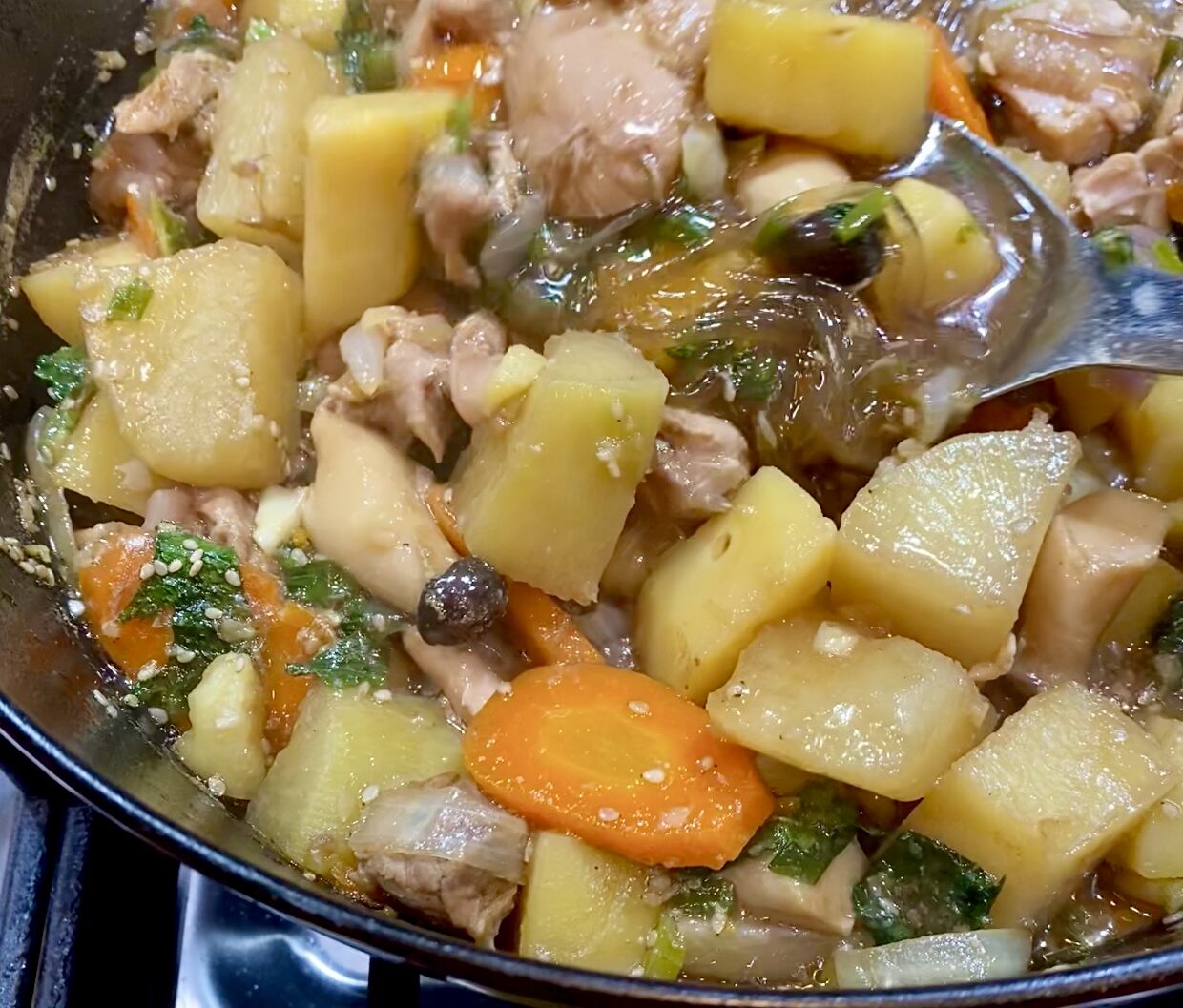
The glass noodles take this over the top. They add texture, flavor (the noods suck up the flavor from the sauce, chicken and veggies-yummo) and substance to the dish. You can find mung bean noodles or glass noodles at most Asian stores. Do not confuse it with rice noodles or vermicelli. Pre-soak noods to soften, drain well before adding.
The sauce ingredients are readily available. Use Korean soy sauce or Kikkoman which are a bit more similar to each other than Chinese soy sauces. I could go down a rabbit about soy sauces…. Oyster Sauce, as always, my go-to is Lee Kum Kee with the lady and boy in the boat label.
Don’t forget the bap 🍚!
There you go, a delicious one-pot meal.
Jjim Dak
Equipment
- Prep Time
- 20minutes mins
- Cook Time
- 30minutes mins
- Total Time
- 50minutes mins
Ingredients
The Stars
- 1 medium-sized chicken cut up (2.5 to 3 pounds of cut pieces)
- 3 ounces sweet potato starch noodles dangmyeon, 당면
- 2 medium white or yukon gold potatoes about 10 ounces
- 1 medium carrot 1/4 inch slices on diagonal
- 1/2 medium onion cut in half and sliced 1/4-inch thick
- 3 - 4 mushroom caps rehydrated dried shiitake or fresh shiitake, white, or baby bellas
- 2 scallions
- 2 - 3 dried whole red chili peppers optional, mild use 1
- 1 - 2 fresh chili peppers or jalapenos optional
- 2 tablespoons minced garlic
- 1 teaspoon grated ginger
Braising Liquid
- 1/2 cup soy sauce
- 2 tablespoons oyster sauce If unavailable, use more soy sauce
- 2 tablespoons rice wine or mirin
- 2 tablespoons dark brown sugar if unavailable, use regular sugar
- 3 to 4 tablespoons corn syrup Korean jocheong (rice syrup), Oligodang (oligo syrup), or 2 to 3 tablespoons honey Adjust to taste or agave would probaly work
- 1/4 teaspoon black pepper
Finishing
- 1 tablespoon sesame oil
- 1 teaspoon sesame seeds
Instructions
- Soak the starch noodles in warm water for about 30 minutes while preparing the other ingredients. Drain well before using.
- Clean chicken and cut into small to medium-sized pieces.
- Cut the potatoes in chunks (about 1-1/2 inch), soak them in water while preparing the other vegetables. Cut the carrot (1/4-inch slices), mushrooms, and onion into bite-sized pieces.
- Add the chicken pieces to a large pot. Pour 3 cups of water over the chicken. (You should reduce the amount of water if not using the noodles.) Add the sauce ingredients except sesame oil and seeds. Bring it to a boil over high heat, uncovered, and continue to boil for about 10 minutes. Skim off the foam.
- Add the potatoes, carrot, mushrooms, onion, dried whole red chili peppers, garlic and ginger. Cover, and cook for 8 to 10 minutes. There may still be a lot of liquid, but the potatoes and starch noodles will soak up a lot of it.
- Stir in the green chili peppers (if using), and glass noodles. Continue to cook, uncovered this time, for an additional 3-5 minutes. Stir in the sesame oil. Garnish with sesame seeds, scallions. Serve immediately.
